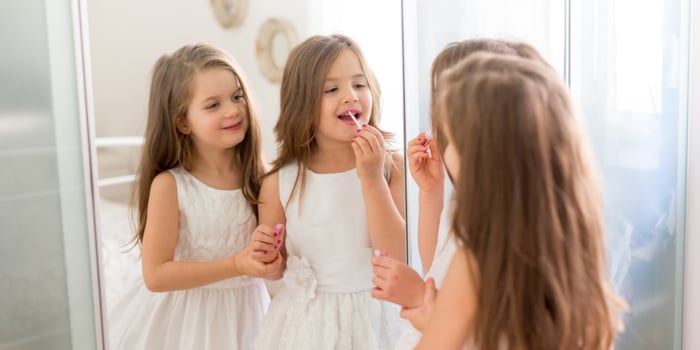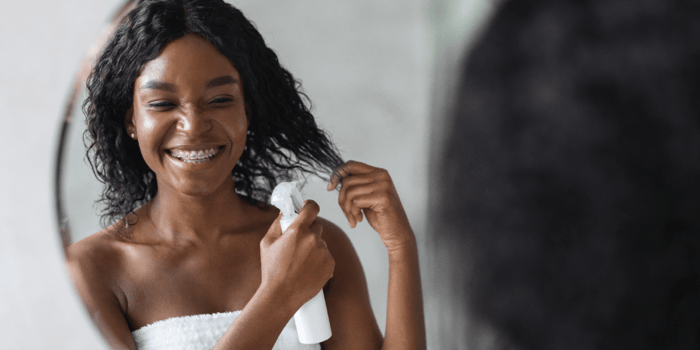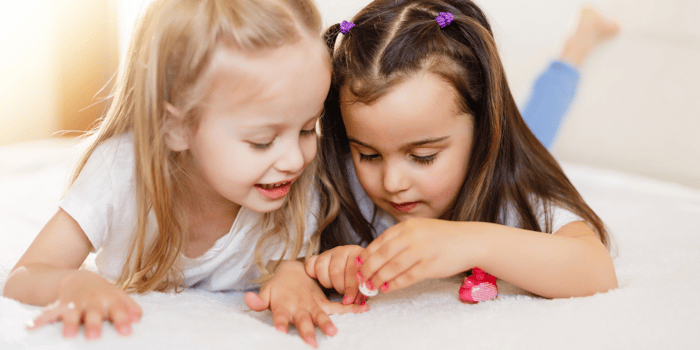Table of Contents
- Introduction
- II. What Are Endocrine Disruptors?
- III. Why Children Are Especially Vulnerable
- IV. Is It Really a Concern? What the Research Says
- V. How to Spot and Avoid Endocrine Disruptors in Beauty Products
- VI. Choosing Beauty Products Without Endocrine Disruptors
- VII. Tips for Transitioning to Safer Products
- VIII. Final Thoughts: Awareness, Not Panic
- Citations
- FAQs
Introduction
As a parent, you're careful about what your child eats, how they sleep, and even what kind of sunscreen they use—but have you ever looked closely at the ingredients in their bath or beauty products? From glittery lip balms to fruity lotions, the shelves are filled with colorful, fun-looking items marketed to kids. But behind many of those playful packages are ingredients that may interfere with your child’s natural development—ingredients known as endocrine disruptors. That’s why more families are beginning to seek out beauty products without endocrine disruptors as a safer alternative.
So what exactly are endocrine disruptors, and should parents really be concerned? The short answer is: yes, it’s worth paying attention. These chemicals can affect the body’s hormone system, even in small doses, and children are especially vulnerable. The good news? You can make simple, informed choices—starting with choosing beauty products without endocrine disruptors.
In this post, we’ll break down what endocrine disruptors are, why they matter for growing kids, and how to confidently find safer, cleaner products that support your child’s health—not disrupt it.
II. What Are Endocrine Disruptors?
Endocrine disruptors are chemicals that interfere with the endocrine system—the body’s network of glands that regulate hormones. These hormones control everything from growth and metabolism to mood and reproductive development. When outside chemicals mimic or block these natural signals, they can throw the body off balance.
You might be surprised to learn how common these disruptors are in everyday products. They’re often hidden in ingredients like:
Parabens, used as preservatives in lotions and shampoos
Phthalates, which help fragrances last longer
Triclosan, found in antibacterial soaps
Synthetic fragrances, a catch-all term that can contain dozens of undisclosed chemicals
While these ingredients are legal, research has linked many of them to hormone-related changes in both animals and humans. For children—whose bodies are still developing—the risk is even greater. And because many of these ingredients are found in kids’ personal care products, from bubble baths to body glitter, they can be unknowingly absorbed through the skin or even ingested.
Understanding what endocrine disruptors are is the first step in choosing beauty products without endocrine disruptors and protecting your child from long-term exposure.
III. Why Children Are Especially Vulnerable
Children aren’t just smaller versions of adults—they’re rapidly growing and developing, which makes them especially sensitive to environmental exposures, including endocrine disruptors. When a child uses a product containing these chemicals—like a scented lotion, glittery body spray, or fun nail polish—those ingredients can be absorbed through the skin, inhaled, or even ingested. And even small doses can have a powerful effect on their developing systems.
The endocrine system plays a critical role in regulating hormones related to growth, puberty, metabolism, and brain development. Disruptions to this system have been linked to early puberty, developmental delays, behavioral challenges, and reproductive harm later in life (World Health Organization, 2013; Endocrine Society, 2015).
Because children have a higher surface area-to-body-weight ratio, their exposure to topical chemicals is proportionally greater than adults. In addition, their detoxification systems—like the liver and kidneys—are still maturing, meaning their bodies are less efficient at breaking down and eliminating harmful compounds (Environmental Working Group, 2009).
This is why switching to beauty products without endocrine disruptors isn’t just a wellness trend—it’s a critical step in protecting your child’s health during key stages of development.
IV. Is It Really a Concern? What the Research Says
Some parents may wonder if the worry over endocrine disruptors is overblown—after all, these ingredients are still allowed in products sold in the U.S., and many are found in items marketed specifically to children. But a growing body of scientific research suggests that even low-level, routine exposure to endocrine-disrupting chemicals (EDCs) can have meaningful long-term effects, especially when exposure begins in early childhood.
Studies have linked EDCs such as parabens and phthalates to changes in hormone levels, early puberty in girls, increased risks of hormone-related cancers, and long-term reproductive effects (Endocrine Society, 2015; National Institute of Environmental Health Sciences, 2023). One notable study found that children with higher levels of phthalates in their urine had a greater likelihood of attention and behavioral issues (Swan et al., 2010).
While no single study can offer all the answers, the consistent pattern emerging from decades of research is clear: endocrine disruptors are not benign, and early exposure can disrupt a child’s hormonal development in ways that may not be apparent until years later.
That’s why so many parents are making the switch to beauty products without endocrine disruptors. It’s not about panic—it’s about informed decisions and giving our kids the healthiest foundation possible.
V. How to Spot and Avoid Endocrine Disruptors in Beauty Products
One of the most frustrating parts of shopping for your child is how unclear product labels can be. Many beauty and personal care items are marketed as “natural,” “clean,” or “gentle”—but those words aren’t regulated, and they don’t guarantee the product is free from hormone-disrupting chemicals.
To choose beauty products without endocrine disruptors, it’s helpful to know what ingredients to look out for. Here are some of the most common offenders:
Parabens (like methylparaben or propylparaben), used as preservatives
Phthalates, often hidden under the word “fragrance”
Triclosan, an antibacterial agent sometimes used in hand soaps or toothpaste
Benzophenone or oxybenzone, UV filters found in some sunscreens and lip balms
Synthetic fragrance, which may contain dozens of undisclosed ingredients
The Environmental Working Group (EWG) has found that “fragrance” alone can contain a mix of up to 3,000 different chemicals, many of which haven’t been safety tested (Environmental Working Group, 2007). Unless a product discloses exactly what’s in the fragrance, it’s safest to avoid it.
Another tip: check for third-party certifications like EWG Verified, Made Safe, or USDA Organic. These can offer more assurance that a product is free from harmful chemicals, though it’s still wise to read the full ingredient list.
One standout example is Jovy Makeup, the first and only EWG Verified play makeup designed specifically for kids. This clean, non-toxic collection meets the strictest safety standards, using only ingredients reviewed and approved by the Environmental Working Group. From vibrant eyeshadows to gentle lip colors, every product is formulated for sensitive skin and packaged in fun, kid-friendly designs—making it a trusted choice for parents who want the safest, most transparent option in children’s cosmetics.
EWG Verified, Premium Play Makeup Kit

$49.99
Made in Italy, the Berry Bliss Kit is a premium, EWG VERIFIED™ play makeup set designed just for kids and includes everything needed for safe, creative play! The mess-free formula is dermatologist- and ophthalmologist-approved, hypoallergenic, and wipes off easily with… read more
Choosing beauty products without endocrine disruptors takes a little more effort, but it’s worth it. Once you know what to avoid, scanning labels becomes second nature—and you’ll feel more confident knowing what’s going on your child’s skin.
VI. Choosing Beauty Products Without Endocrine Disruptors
When it comes to protecting your child’s health, one of the simplest changes you can make is switching to beauty products without endocrine disruptors. These products are made without the chemicals known to interfere with hormone function, giving you peace of mind and helping your child grow up with fewer environmental stressors on their developing body.
Clean alternatives are becoming easier to find—and many are thoughtfully formulated with plant-based, age-appropriate ingredients that still deliver fun, color, and creativity. From lip glosses flavored with natural fruit extracts to eyeshadows made with mineral pigments and child-labor-free mica, it’s entirely possible to find makeup and skincare that both parents and kids can feel good about.
The difference lies in intention. Brands committed to making beauty products without endocrine disruptors typically go the extra mile to avoid synthetic dyes, harsh preservatives, and undisclosed fragrance blends. Instead, they focus on ingredient transparency, safety testing, and ethical sourcing—things every parent deserves when choosing products for their child.
And while mainstream retailers may still carry many products with questionable ingredients, more parents are turning to specialized clean beauty brands that prioritize children’s health. Whether you’re building your child’s first makeup kit or just trying to make bath time safer, starting with hormone-safe products is a smart, empowering choice.
VII. Tips for Transitioning to Safer Products
Making the switch to beauty products without endocrine disruptors doesn’t have to happen all at once. Start with the products your child uses most often—like lip balm, lotion, or body wash. These everyday essentials can contribute to the highest levels of exposure simply because of how frequently they’re applied.
Next, get in the habit of reading ingredient labels. If a product doesn’t list its full ingredients or hides behind vague terms like “fragrance” or “parfum,” that’s a red flag. Opt for brands that are transparent about what’s inside—and ideally, explain why they’ve chosen each ingredient.
Here are a few tips to make the transition smoother:
Swap gradually. As items run out, replace them with cleaner alternatives.
Keep it age-appropriate. Younger children don’t need elaborate routines. Focus on simple, gentle products made just for kids.
Let your child help choose. When kids are involved in picking fun, safe products, they’re more likely to use them—and understand why it matters.
Store smart. Keep your go-to clean products in an easy-to-reach basket or drawer so they become part of your child’s daily routine.
Transitioning to beauty products without endocrine disruptors isn’t about being perfect—it’s about being intentional. Every small change is a step toward reducing your child’s chemical exposure and supporting their long-term health.
VIII. Final Thoughts: Awareness, Not Panic
When it comes to choosing beauty products without endocrine disruptors, it’s easy to feel overwhelmed—especially when so many products on the market are unclear or misleading about what’s really inside. But the goal isn’t perfection—it’s progress.
As parents, we make hundreds of decisions every week. This is one that can truly make a long-term difference. By becoming more aware of harmful ingredients and opting for safer alternatives when possible, you’re not only protecting your child’s health—you’re modeling mindful, informed decision-making they’ll carry into adulthood.
You don’t have to toss out everything you own or overhaul your routine overnight. Just start small. Choose transparency. Ask questions. And look for brands that genuinely prioritize health, safety, and sustainability—not just marketing buzzwords.
Because at the end of the day, we all want the same thing: products that let our kids play, explore, and grow—without compromise.
Citations
World Health Organization. (2013). State of the Science of Endocrine Disrupting Chemicals.
The Endocrine Society. (2015). Endocrine-Disrupting Chemicals: An Endocrine Society Scientific Statement.
Environmental Working Group. (2007). Not So Sexy: The Health Risks of Secret Chemicals in Fragrance.
Environmental Working Group. (2009). Body Burden: The Pollution in Newborns.
National Institute of Environmental Health Sciences (NIEHS). (2023). Endocrine Disruptors.
Swan, S. H., et al. (2010). Prenatal Phthalate Exposure and Reduced Masculine Play in Boys. Environmental Health Perspectives, 118(11), 1585–1590.
Curious about which harmful ingredients to avoid in your child's beauty products? Read The Truth About Harmful Beauty Ingredients for Kids to uncover the hidden toxins in mainstream makeup, skincare, and hair care—and discover safer alternatives.
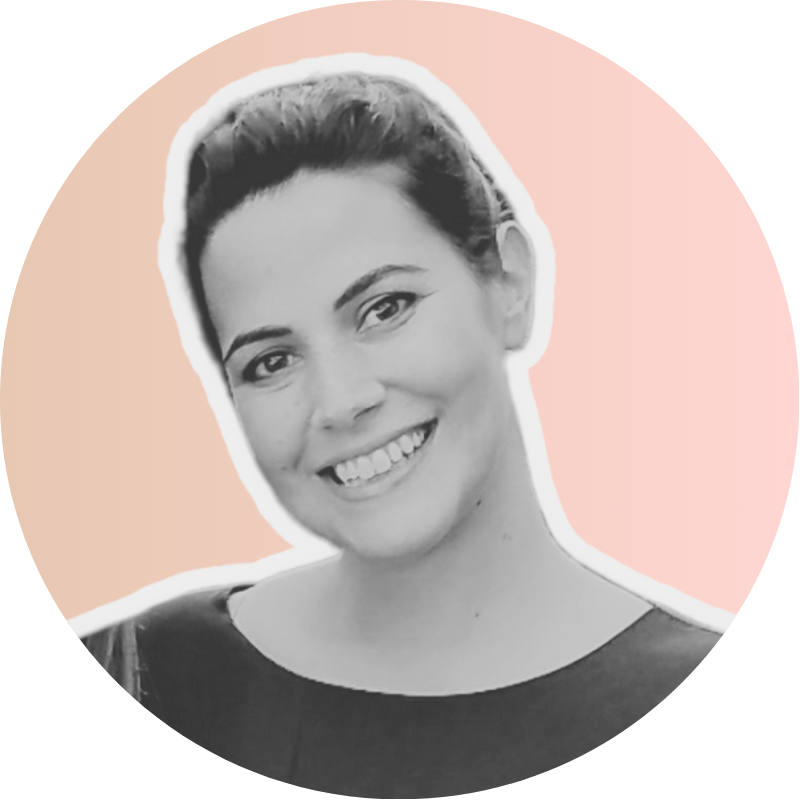
About the Author: Rebecca is a Penn State–educated entrepreneur and mom of six, with a career spanning renewable energy, hydrogen fuel innovation, and plant-based wellness. She’s the founder of Popsicle Beauty Club, a clean, non-toxic self-care brand for kids rooted in ingredient safety and environmental responsibility. To learn more or connect, you can find Rebecca on LinkedIn.
FAQs
What are endocrine disruptors in beauty products?
Endocrine disruptors are chemicals that interfere with the body’s hormone system. In beauty products, they often appear as parabens, phthalates, synthetic fragrances, and certain preservatives. Choosing beauty products without endocrine disruptors helps reduce your child’s exposure to these hormone-altering chemicals.
Are endocrine disruptors really harmful to kids?
Yes. Research has linked early exposure to endocrine disruptors with early puberty, hormone imbalances, behavioral issues, and long-term fertility concerns. Children's developing bodies and hormone systems are especially vulnerable.
How can I tell if a product contains endocrine disruptors?
Check the ingredient label. Avoid products with parabens, phthalates, triclosan, oxybenzone, and anything listed simply as “fragrance” or “parfum.” These terms often conceal harmful chemicals.
Is “fragrance” always bad?
Not always—but it often is. “Fragrance” is a catch-all term that can legally include dozens of undisclosed chemicals, including endocrine disruptors. Unless a brand discloses its full fragrance ingredients or uses essential oils only, it’s best to be cautious.
Are essential oils endocrine disruptors?
Most essential oils are not considered endocrine disruptors and can be safe in small, properly diluted amounts. However, some studies suggest that high concentrations of certain oils (like lavender or tea tree) may have hormone-like effects in rare cases. For kids, it's best to stick to low, child-safe concentrations or essential oil-free formulas.
Are natural or organic products always safe?
No. Natural and organic labels aren’t tightly regulated, and some still include potentially harmful ingredients. Always read ingredient lists and look for third-party certifications when possible.
What are the best beauty products without endocrine disruptors for kids?
Look for products made specifically for children with simple, transparent ingredients—free from FD&C dyes, synthetic fragrance, and known endocrine disruptors. Our collection of kid-safe, clean beauty products is a great place to start.






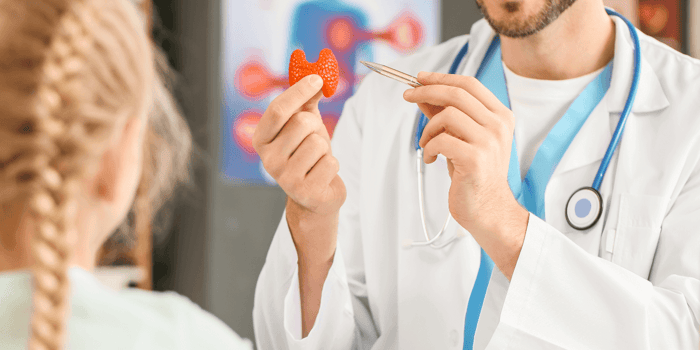
 Assets (13).png)
